
Mold Illness: What It Is, Hidden Signs, and How to Protect Your Home
Mold Illness: What It Is, Hidden Signs, and How to Protect Your Home
Mold is a ubiquitous presence, thriving wherever moisture exists—from stale food to damp towels and leaky pipes. While some types of mold are harmless, others can produce toxins that can severely impact your health, often without you realizing the true cause of your symptoms. Understanding the warning signs of mold-related illness and knowing how to "mold-proof" your home is crucial for your well-being.
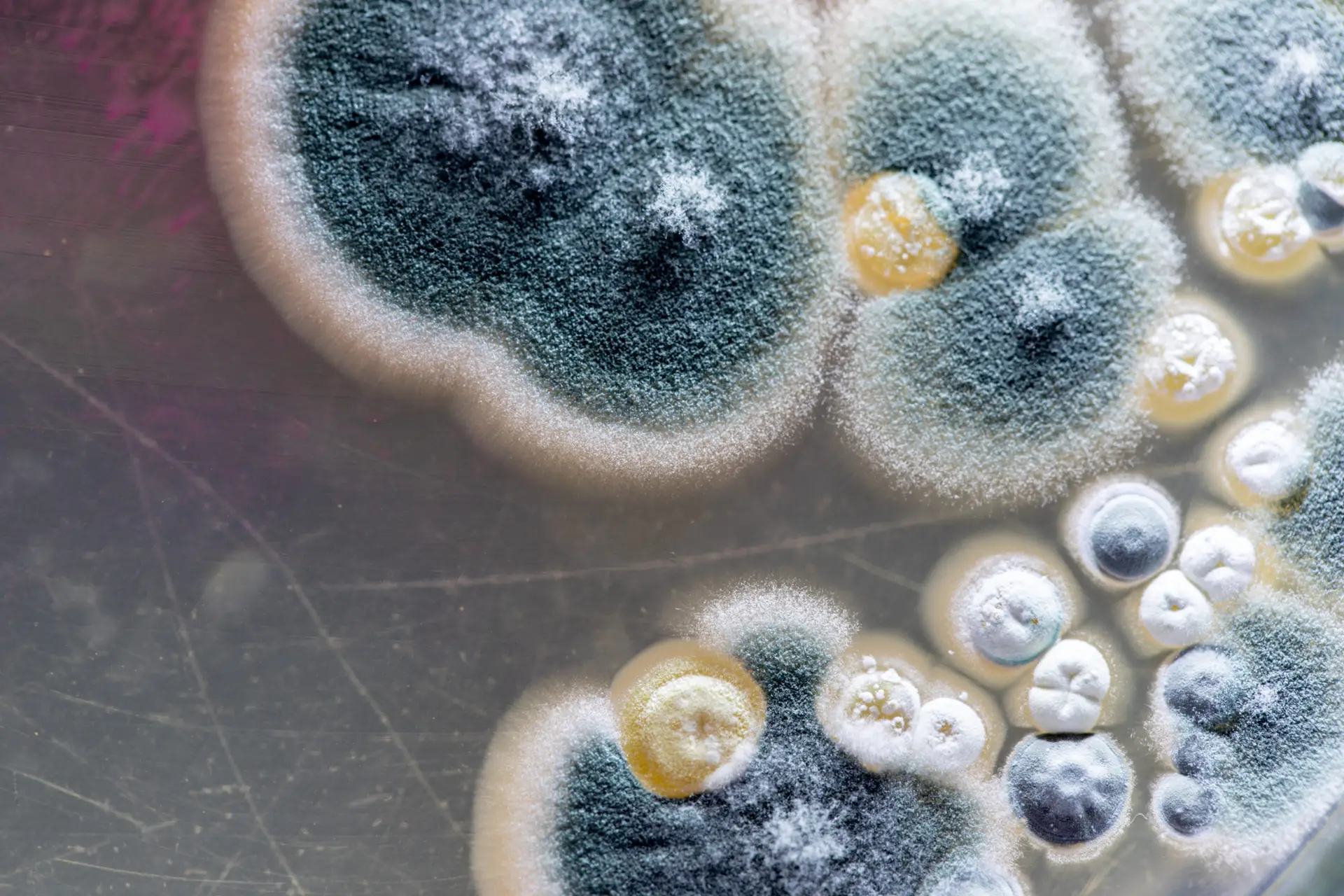
What Exactly Is Mold?
"Mold" refers to various microscopic fungi that flourish in moist environments. They reproduce rapidly by releasing spores and can appear in an array of colors, including grey, green, blue, and even red. A small patch of mold can quickly escalate into a substantial colony within hours. Mold spores, which contain toxins, can remain dormant yet viable even in dry, cold conditions where the mold itself cannot actively grow.
Common Sources of Hidden Mold
Mold's affinity for moisture means it can be found in obvious damp areas, but it also lurks in unseen places:
-
Poorly ventilated bathrooms, humid basements, shower stall cracks, and under leaky sinks.
-
Hidden behind walls due to leaking pipes.
-
Above well-sealed ceilings if the roof is leaking.
-
Behind or beneath large appliances like refrigerators, ovens, and washing machines.
-
Certain plants: Christmas trees, for instance, can harbor mold, potentially leading to increased asthma attacks during winter. Even after removal, spores can remain dispersed in the air.
-
Even your coffee maker can be a breeding ground for mold.
Why Mold is a Health Hazard
The Environmental Protection Agency (EPA) warns that all types of mold can be hazardous, with "black mold" often cited as particularly dangerous. Some individuals are genetically predisposed to mold illness (specifically those with the HLA-DR gene), causing an adverse immune reaction upon exposure.
Chronic mold exposure can lead to conditions that are often misdiagnosed or poorly treated by mainstream medical professionals due to a lack of recognized connection:
-
Fungal Sinusitis: Research from the late 1990s revealed that chronic sinusitis, unresponsive to antibiotics or decongestants, can be caused by the body's immune system reacting to a fungal invader, keeping sinus cavities perpetually irritated.
-
Chronic Inflammatory Response Syndrome (CIRS): Mold toxicity falls under this broader category of biotoxin illness. CIRS is an ongoing, chronic condition (not an allergy) triggered by exposure to biotoxins (poisons produced by living organisms). In individuals with specific gene types, the body fails to properly bind and filter these biotoxins, allowing them to continuously circulate and cause chronic inflammation. According to mold disease expert Dr. Ritchie Shoemaker, about 24% of people lack adequate antibody responses, making them highly susceptible to illness from water-damaged buildings. This means your recurrent sinus infections or "winter allergies" could very well be a hidden mold illness.
Hidden Signs and Symptoms of Mold Disease
Mold illness can manifest in diverse ways. A 2003 study of over 1,600 mold-exposed individuals revealed common symptoms:
-
Chronic Tiredness/Fatigue
-
Difficulty Breathing
-
Memory Problems / Mental Fogginess
-
Headaches
-
Muscle and Joint Pain/Discomfort
Other potential signs and symptoms include:
-
Gastric disturbances (vomiting, diarrhea)
-
Unexplained weight loss
-
Chronic bronchitis
-
Hair loss
-
Skin rashes
-
Chronic cough, potentially coughing blood
-
Visual problems, even blindness
-
Cold-like symptoms (itchy eyes, runny nose, sore throat)
-
Loss of sense of smell
-
Frequent urination, kidney pain
-
Tremors
-
Depression and anxiety

What to Do if You Suspect Mold in Your Home
If you discover or suspect a mold issue, immediate action is crucial to protect your health:
-
Confirm Presence: Use a mold test kit to confirm the presence and type of mold and assess the extent of its spread.
-
Clean Up Minor Mold: For small-scale mold problems, clean thoroughly with an anti-fungal cleanser. Natural options like hydrogen peroxide or natural bleach alternatives can be effective. Pay close attention to hidden crannies, like shower door areas. An air purifier can offer some protection from toxins in smaller, contained areas.
-
Professional Remediation for Extensive Mold: If the mold problem is extensive or hidden behind walls, contact a mold remediation specialist. This may involve tearing out walls or ceilings, replacing moldy wood and insulation, and repairing any leaks or cracks. While costly and lengthy, the investment is vital for your health.
How to Mold-Proof Your Home
Preventing mold growth is easier than remediation. Take these simple steps to keep your home clean, dry, and well-maintained:
-
Promptly Fix Leaks: Repair any leaks immediately and seal cracks, especially in moist areas.
-
Dry Spills Quickly: Clean up and thoroughly dry any spills or water damage within 24-48 hours.
-
Consider a Dehumidifier: Use a dehumidifier in damp weather or whenever your home feels humid.
-
Ensure Good Ventilation: Open windows and doors on dry days to allow air circulation.
-
Use Bathroom Vent Fans: Run the bathroom fan or crack a window open during and after showering until the air feels dry.
-
Vent Appliances Outdoors: Always ensure moisture-producing appliances (stoves, clothes dryers) are vented to the outside.
By being vigilant about moisture and taking proactive steps, you can significantly reduce the risk of mold growth and protect your family from the hidden dangers of mold-related illness.
News in the same category


80% of Heart Attacks Are Preventable: Embrace These 5 Simple Habits
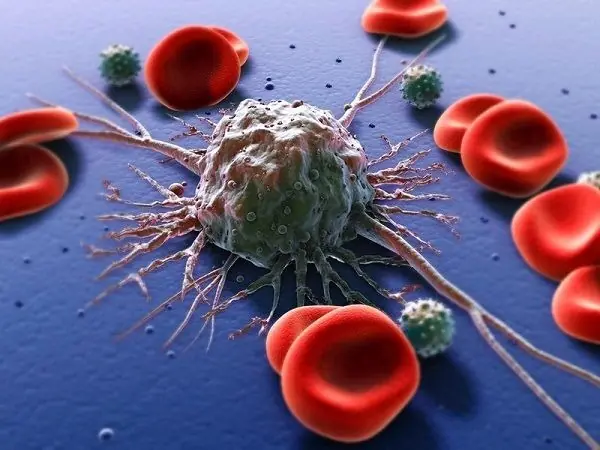
Is Cancer Hereditary? Helpful Tips to Prevent the Growth of Cancer Cells
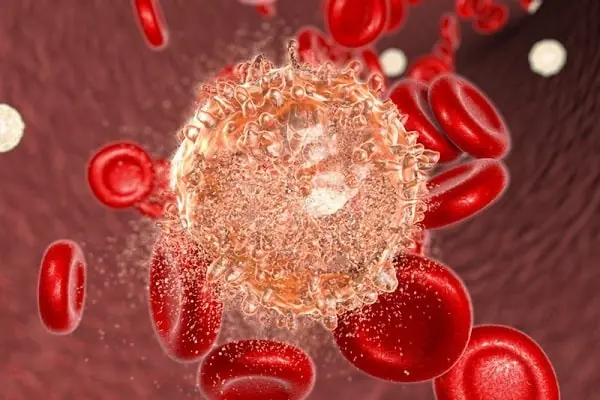
Warning from Hospitals: Eating This Type of Meat Every Day Can Increase Cancer Risk – Don’t Be Complacent!
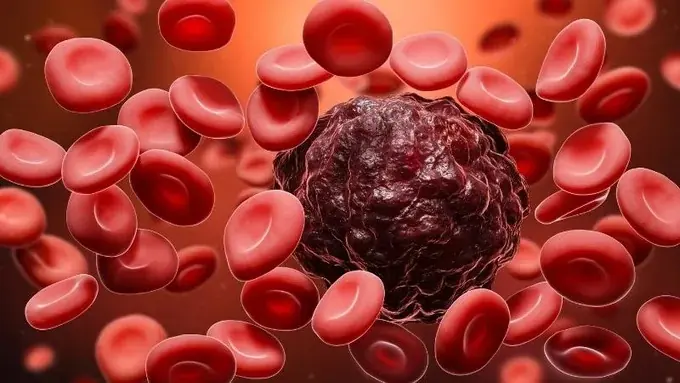
3 Pain Areas on the Body That Could Signal Early-Stage Cancer: Don’t Delay, or It Could Spread

Natural Solutions for Gout: Tackling Uric Acid to Prevent Pain

Don't Ignore These 15 Common Cancer Symptoms: A Guide to Early Detection
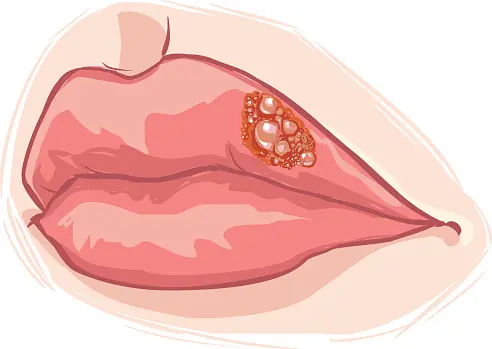
5 Hidden Nutritional Deficiencies You Likely Have (and How to Fix Them)
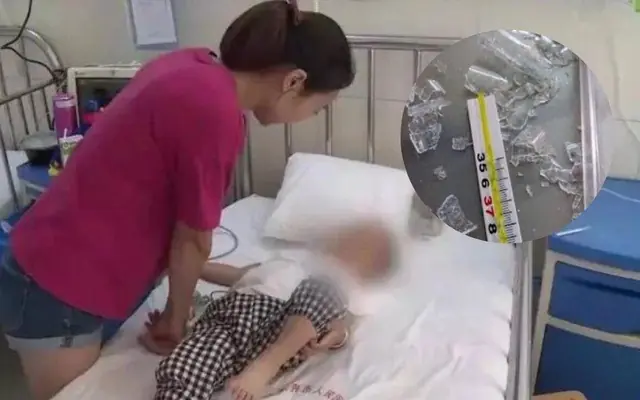
3-Year-Old Girl Bites and Swallows Mercury from a Broken Thermometer — Her Mother’s Quick Thinking Saves Her Life and Earns Praise from Doctors
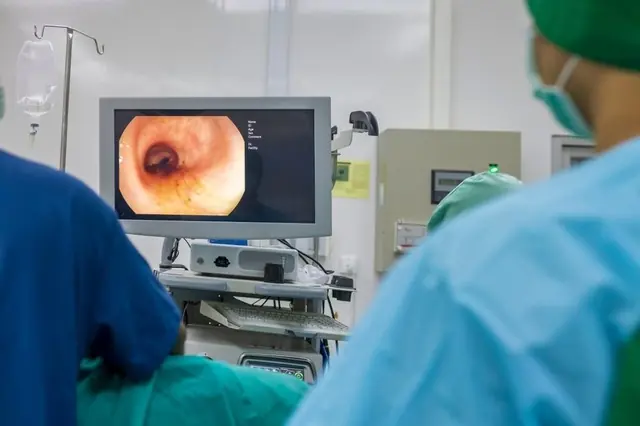
More and More Young People Are Suffering from Colon Cancer — Doctors Warn: Eat Less of These 3 Things!
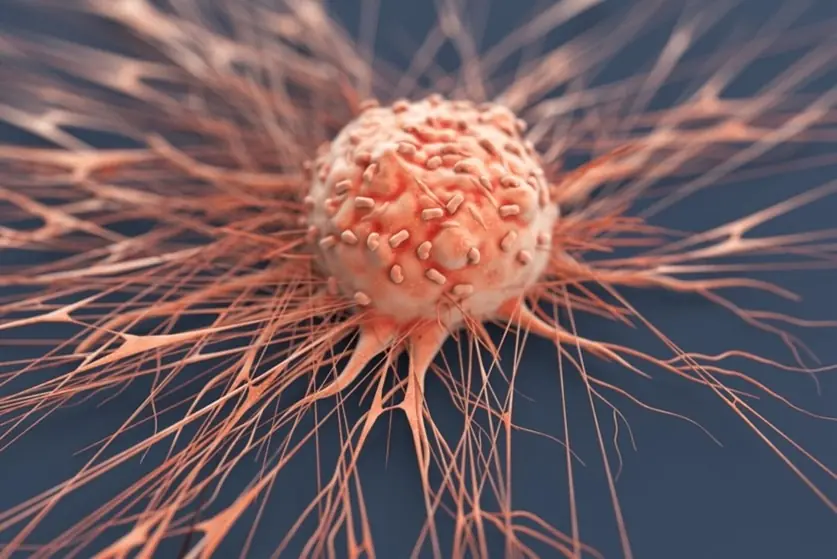
Diagnosed with Late-Stage Stomach Cancer, I Painfully Realized: 3 Foods Left Too Long in the Fridge Were the "Accomplices"

Waking Up to Shoulder Pain: Causes, Solutions, and How to Sleep Soundly

Your Lymphatic System: A Hidden Key to Lifelong Health
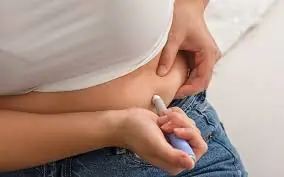
Doctors Issue Urgent Warning: Weight-Loss Jab Users Risk Malnutrition and Muscle Loss Amid Diet Concerns

You Should Never Ignore These 9 Things Your Fingernails Reveal About Your Health
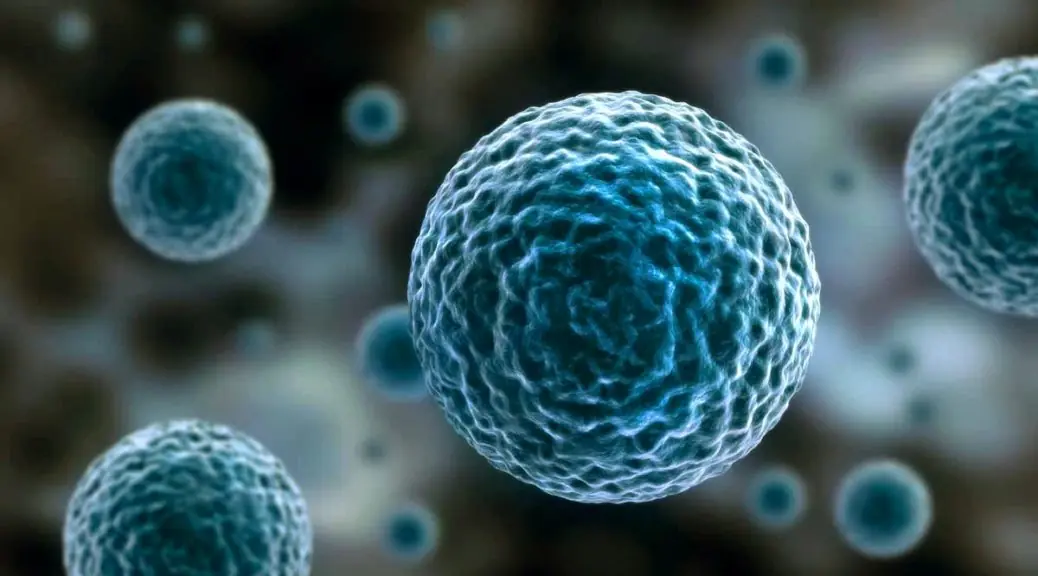
6 Foods That Are Not Compatible with Tumors, Remember to Eat Them Regularly
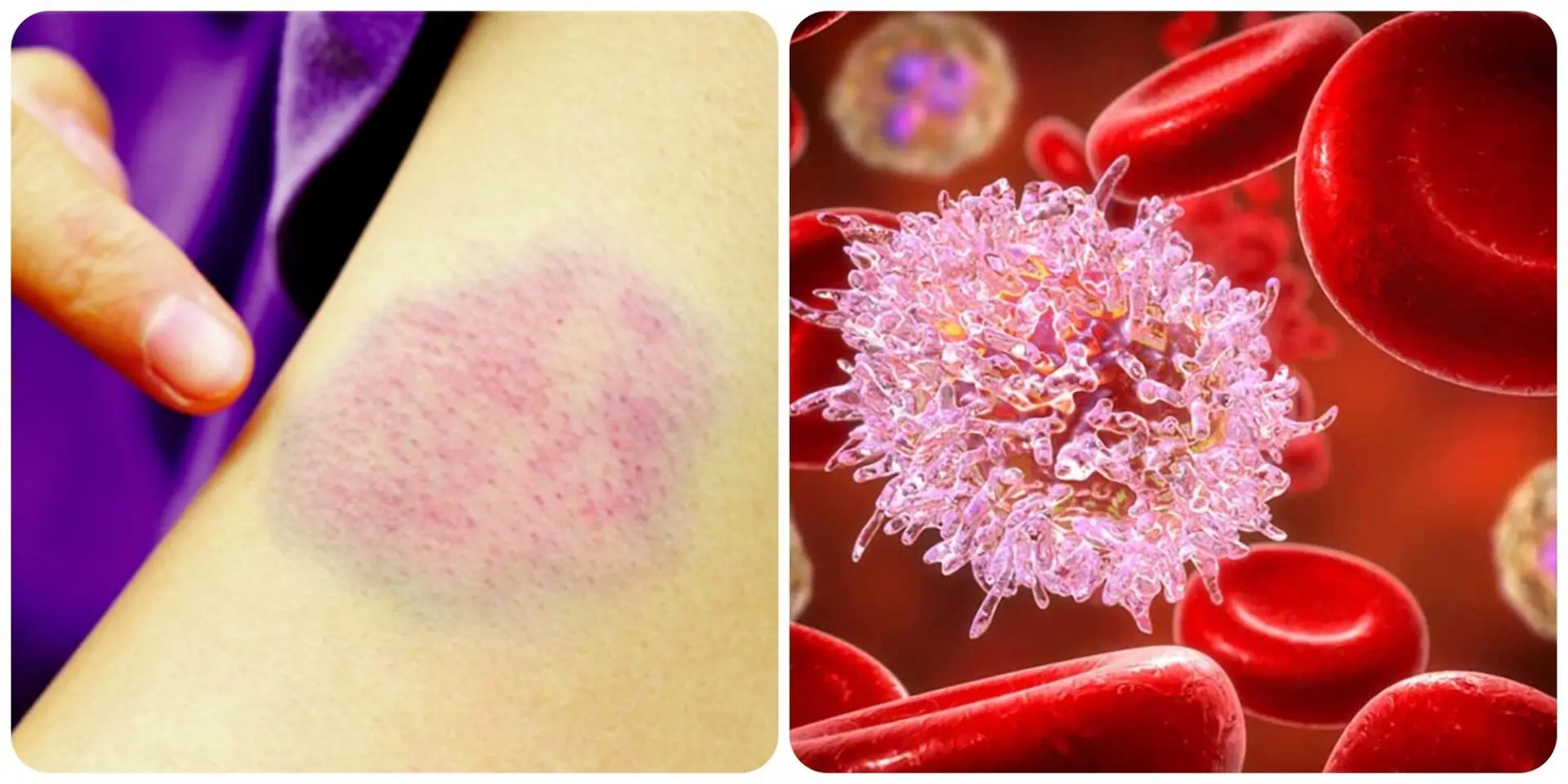
Before Cancer Knocks: 4 Signs on Your Hands and Feet Not to Be Ignored

Doctors Warn: 4 Food Storage Habits in the Refrigerator That Can Cause Cancer

Doctors Said It Was Gallstones—But It Was Stage Four Cancer
News Post

AI is Finally Learning to Translate Cat Meows Into Human Speech. Here Are the Tools to Try
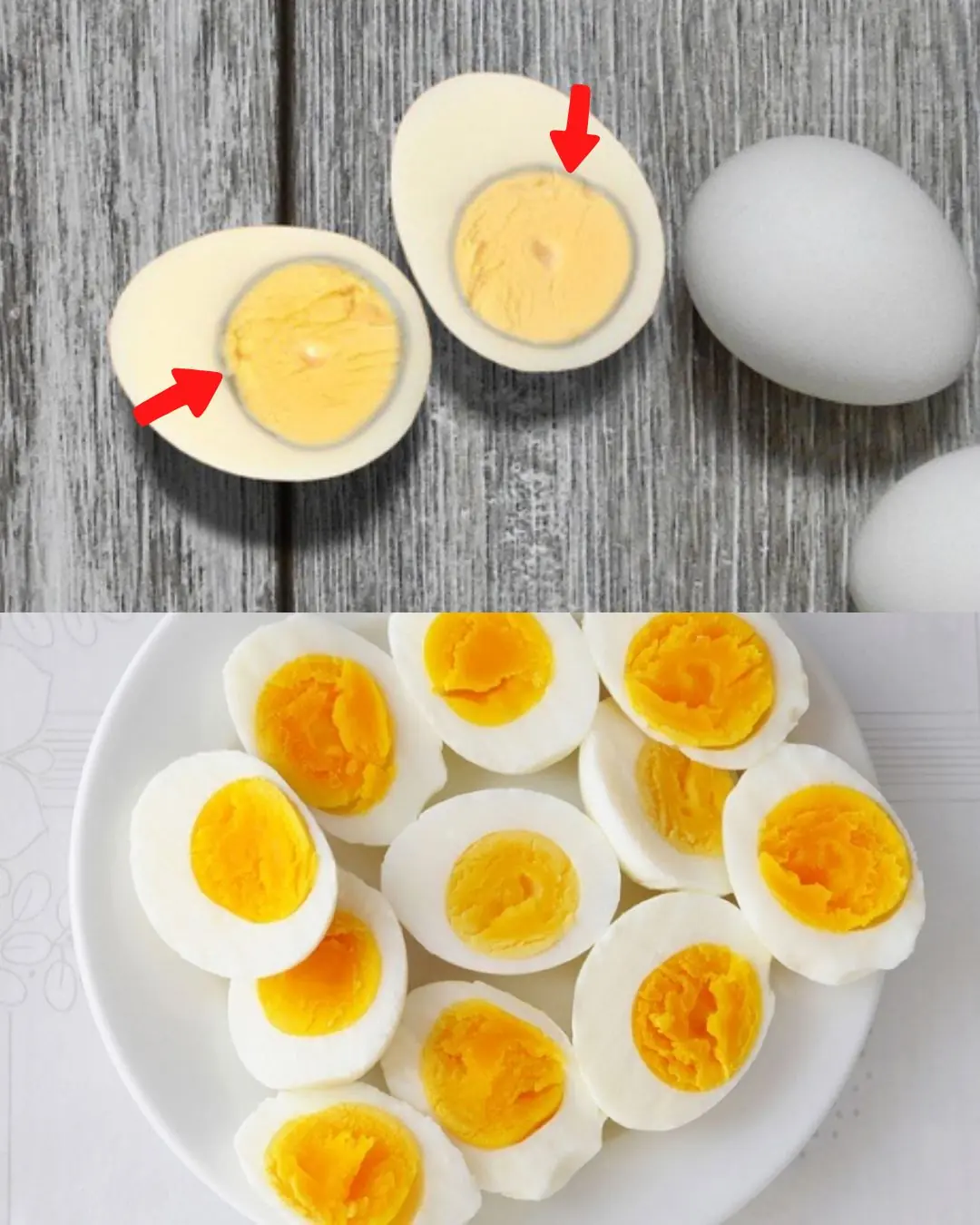
What causes the green ring around hard-boiled eggs?

Scientists Say More Animals Are Conscious Than We Ever Imagined—Even Insects
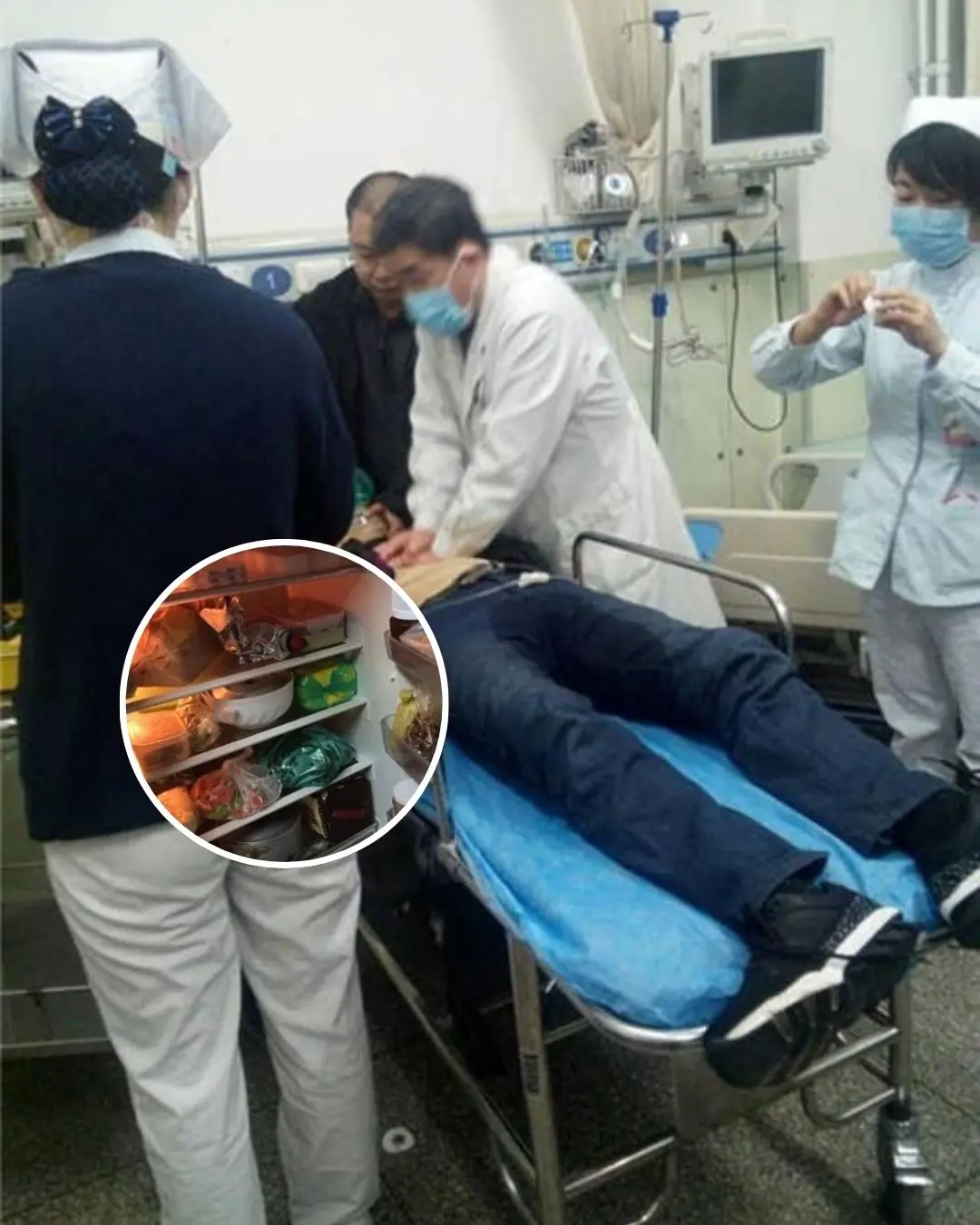
5 foods you should never keep overnight

63 Earths Can Fit Comfortably Inside Uranus

Scientists Develop Eco-Friendly Concrete Alternative From Sugarcane Waste, Called Sugarcrete

Mom Tells Boy He Can Pick Any Animal At Shelter. He Picked This Eldery, Overweight And Shy Cat

A New Study Suggests We Might Be Sitting Inside a Huge Cosmic Void and That Could Solve One of the Biggest Puzzles in Cosmology

Proven Health Benefits of Celery & Nutritional Facts (Evidence-Based)

80% of Heart Attacks Are Preventable: Embrace These 5 Simple Habits

Is Cancer Hereditary? Helpful Tips to Prevent the Growth of Cancer Cells

Warning from Hospitals: Eating This Type of Meat Every Day Can Increase Cancer Risk – Don’t Be Complacent!

3 Pain Areas on the Body That Could Signal Early-Stage Cancer: Don’t Delay, or It Could Spread

What Your Ankle Bracelet Really Says About You — It’s More Than Just Jewelry

Truth behind viral statement after married CEO caught with employee on Coldplay kiss cam
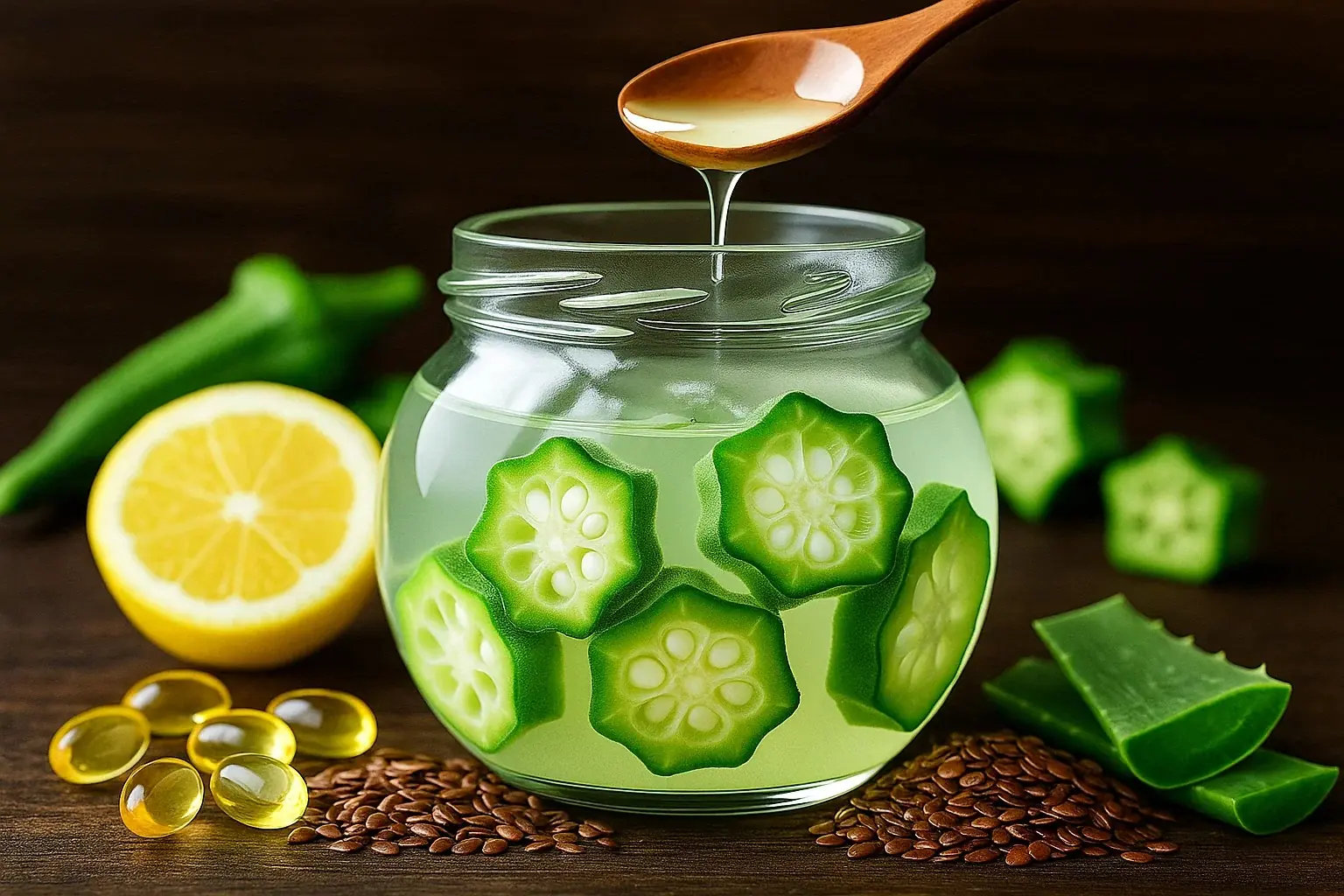
DIY Okra Face Gel Recipe for Radiant, Firm Skin: Collagen Boosting Skincare Solution for Glowing Skin
By incorporating this okragel into your nightly skincare routine, you can enjoy smoother, firmer, and more radiant skin in just a few simple steps.
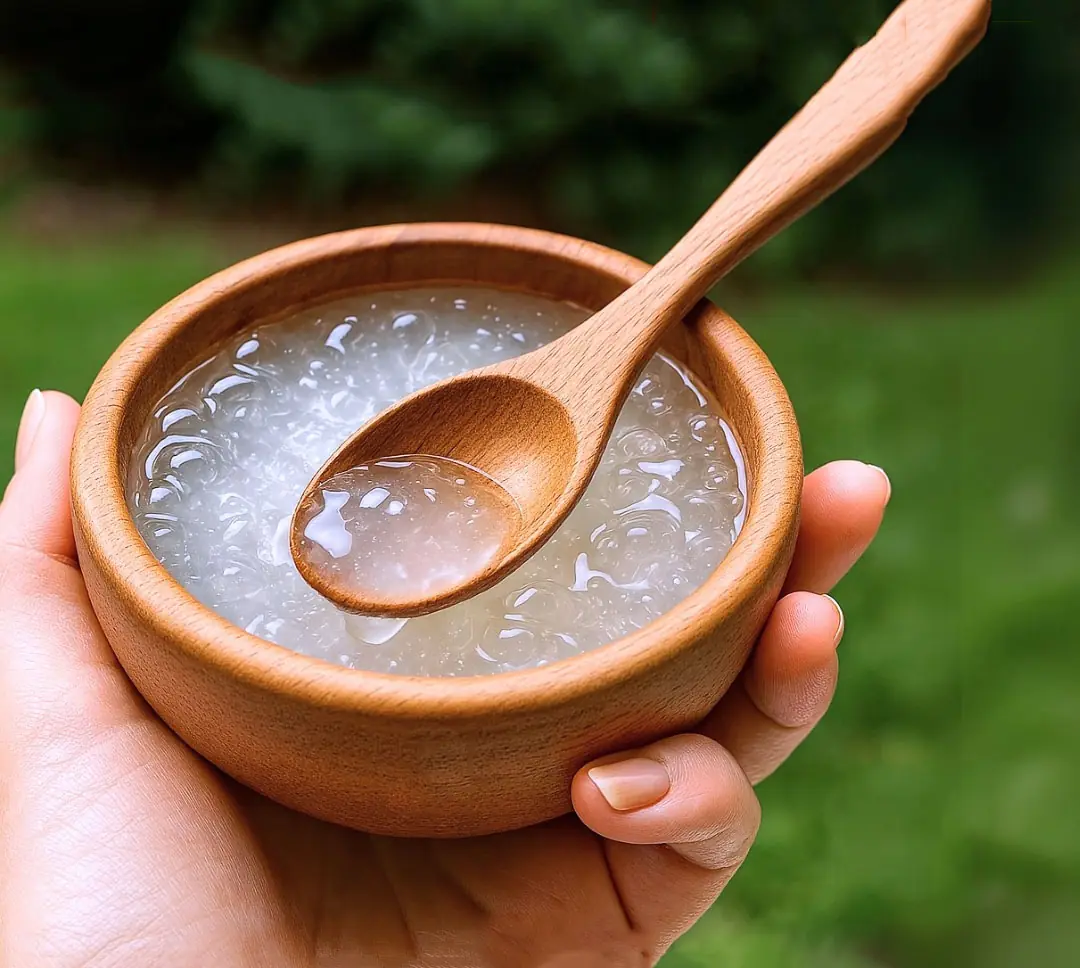
Homemade Rice Face Cream: A Simple, Natural Skincare Solution to Achieve Radiant Glass Skin in 7 Days
It’s time to create the DIY rice face cream that will help you achieve glowing, glass-like skin in just 7 days.

Natural Solutions for Gout: Tackling Uric Acid to Prevent Pain
